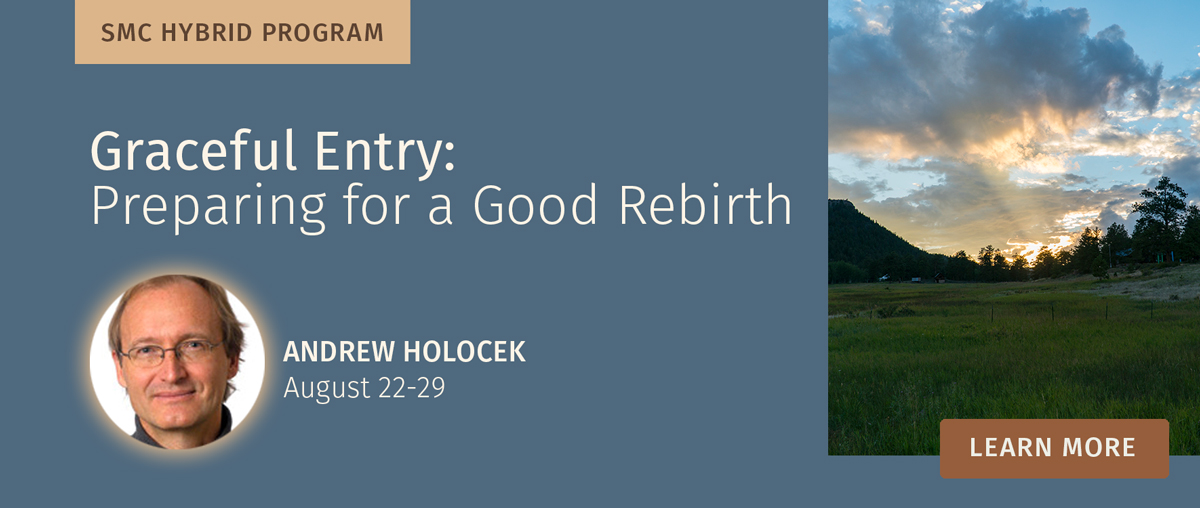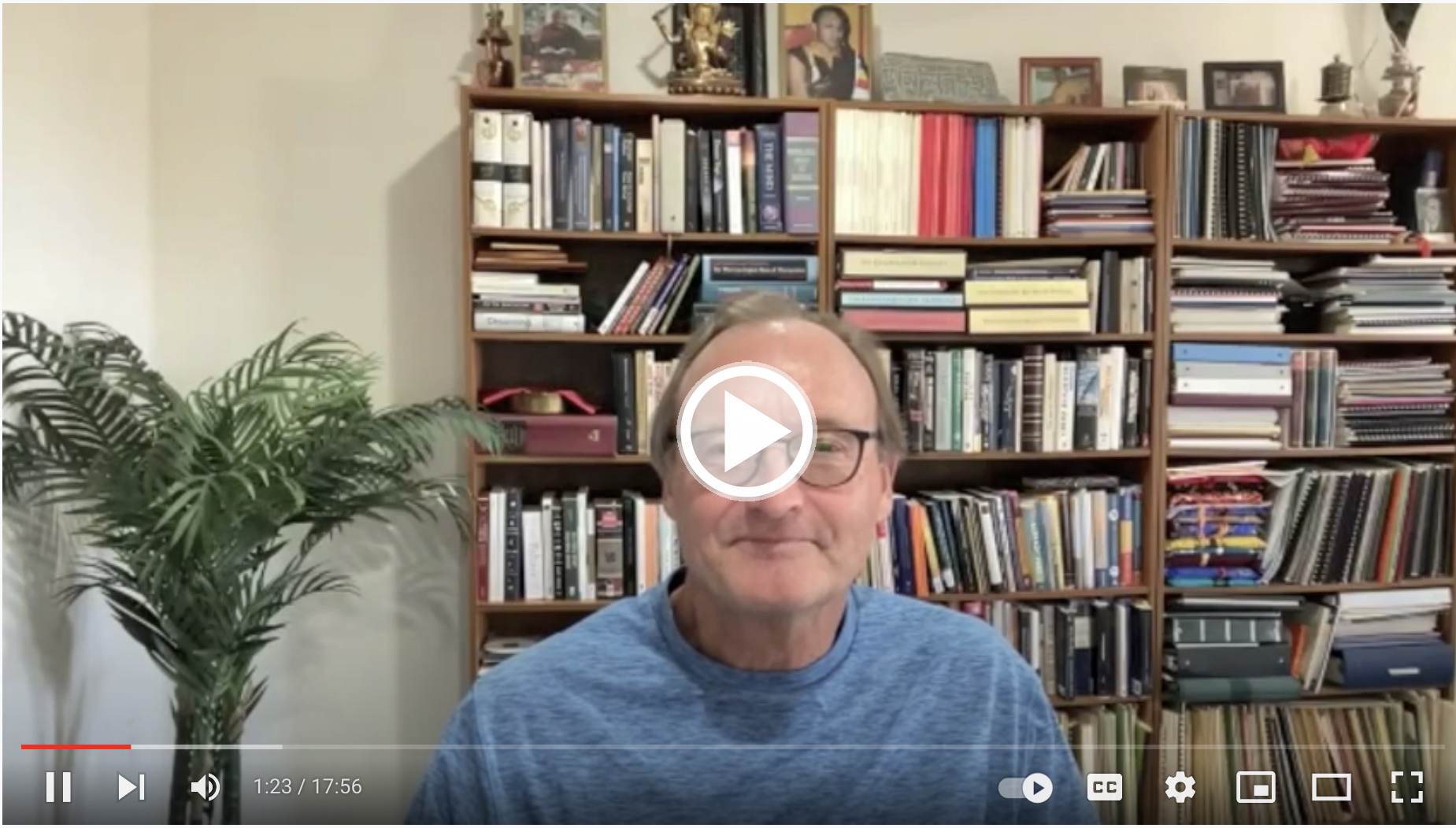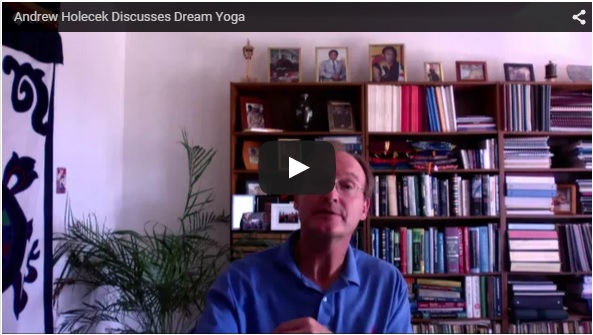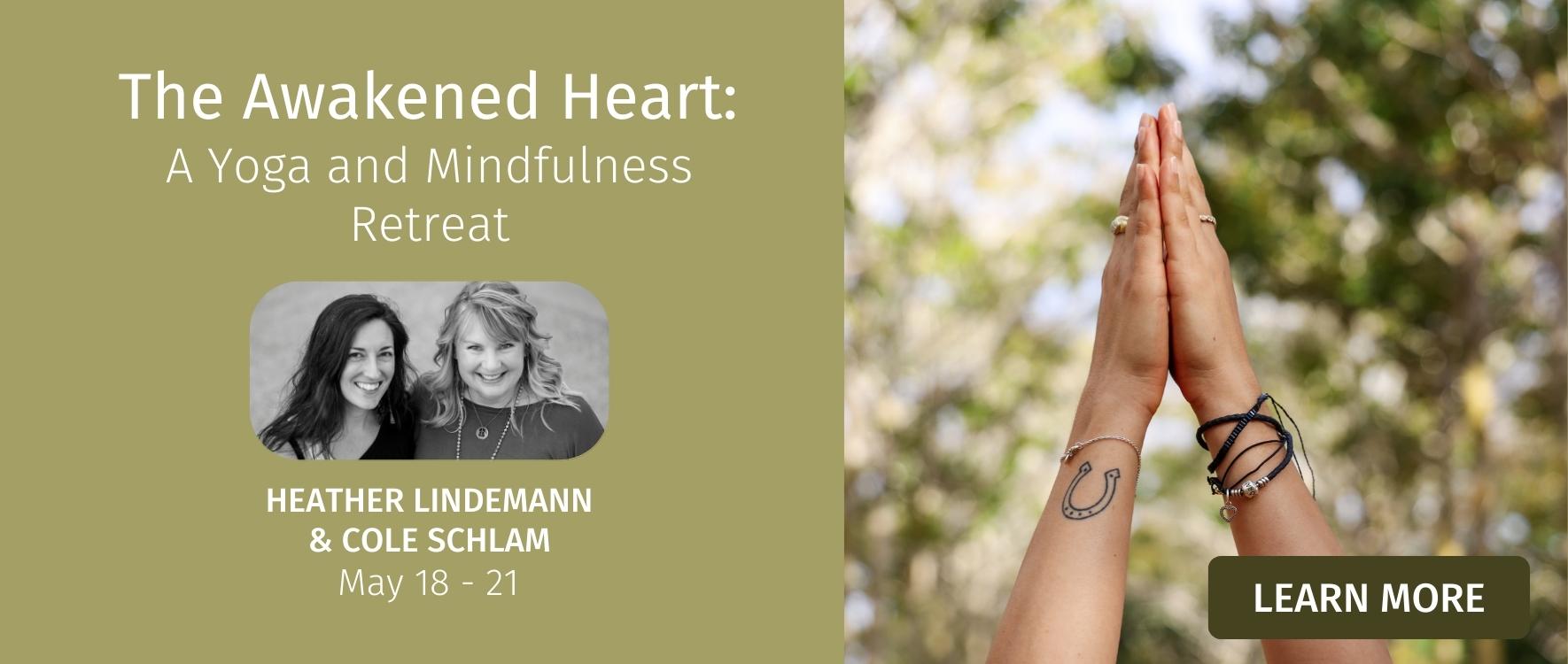The Benefits of Lucid Dreaming
By Andrew Holecek //
One of the most common questions around lucid dreaming is, “Why bother?” Life is already so busy, what’s in it for me? After forty years of exploring these special dreams, the scope and depth of their potential continues to astound me. The benefits are almost too good to be true. But the vast literature supports these claims, thousands of students I’ve worked with continue to verify them, and my own experience confirms these remarkable gains.
Not everybody will experience these benefits. It all depends on how deeply you engage in the practices, how firmly you believe in them, and how patient and determined you are. Many people will be thrilled to simply indulge their lucid dreams and leave it at that. The entertainment value is enough. At the other end of the spectrum are those who pursue lucid dreaming and dream yoga as a lifetime path. These are the dream yogis and yoginis who realize that these practices can lead to complete enlightenment. Most people are somewhere in the middle. They enjoy the entertainment, but are enticed by the deeper possibilities.
Lucid dreaming is subtle. But subtle doesn’t mean ineffectual. Thoughts and emotions are very subtle, but they dictate most of our gross lives. Virtually everything we say or do starts with a subtle mental impulse. An understated object, like the small rudder on a vast ocean liner, can control the direction of a massive ship. Lucid dreams have that same power. One dream can change the course of an entire life.
In chaos theory, the butterfly effect, or “sensitive dependence on initial conditions,” refers to how a tiny change in one place or set of conditions can result in colossal changes in another place or set of conditions. The image is that of a butterfly flapping its wings in the Bahamas, and the tiny puff from that turbulence eventually sets off a cyclone.
From the profane to the profound, from the superficial to the supernatural, lucid dreaming offers something for everyone.
More Good News
How is it possible for lucid dreaming to have so many of the following benefits? It’s because dreams work at the level of the unconscious mind. And as any psychologist will tell you, our conscious lives are dictated by unconscious processes. Backstage always runs onstage. What you do “down there” has vast surface repercussions “up here.” It’s akin to the transformative power of hypnosis, but with one big difference: only five to ten-percent of the population is highly hypnotizable, while virtually everybody dreams, and can therefore practice lucid dreaming.
Lucid dreams work with the “tectonic plates” of your experience. When those plates shift beneath you the shockwaves can have deeply moving effects. This is more good news. It means you don’t have to have lucid dreams constantly to be changed by them. Even though I don’t have lucid dreams every single night, the lucid dreams I do have usually deliver a wallop.
I’ve never had a near-death experience (NDE), but people who come back from a NDE often convey profound transformation. One NDE is enough to change their lives. This is because NDE’s touch into something so deep that everything in their aftermath quakes from that foundational impact. Lucid dreams can approximate that depth and influence.
In the wisdom traditions, the subtle realms give birth to the gross realms. This means our gross body and mind are born from subtle dimensions. In Hinduism, sleeping consciousness, which is even more subtle than dreaming consciousness, is called “causal consciousness.” It’s the cause of all coarser states.
I look back on forty years of personal growth, and the practices that have facilitated it, as a “tree of skillful means.” In my journey, the outermost leaves and branches are the skillful means of the self-help movement. I feel fortunate to have studied and practiced countless methods at this level. The trunk of this tree represents the daily meditations I’ve been blessed to receive from my spiritual teachers. These inner practices continue to transform me. Deep underground, at the root of everything I’ve done, are the nocturnal practices. These innermost methods change me at the deepest possible levels. I’ve discovered that if you work with these roots, everything above will transform.
In a broad sense, lucid dreaming is like stepping out of a bright room and into the dark night. At first you can’t see a thing. But if you simply keep your eyes open you will gradually accommodate to the darkness and start to see things. Objects that were always there but previously hidden. When you first step into the world of lucid dreaming you may not see very much. It’s initially dark inside. But if you’re patient and keep your inner eyes open, all kinds of fascinating things will start to appear.
We’re all different, and proceed in individual ways, but the pattern is something like this: you’ll start to see and remember more dreams, your dreams will become clearer, they will last longer, they will become more stable, you will start to have more impactful dreams. This can all happen before you start having lucid dreams, or in conjunction with their occurrence. Lucid dreaming is about so much more than just waking up in your dreams. It’s about waking up to your life.
About the Author









